Are you looking to create an effective waste management plan? Crafting a solid letter template can help ensure that all necessary components are addressed, making your proposal clear and impactful. A well-organized waste management plan not only complies with regulations but also promotes sustainability within the community. Join us as we delve into the essential elements of a successful waste management plan letter template, and discover how it can benefit your organization.

Introduction and Objectives
This waste management plan aims to establish effective strategies for minimizing waste production and ensuring proper disposal methods within the community of Springfield. The primary objective includes reducing solid waste by 30% by 2025 through recycling initiatives and community education programs. Additionally, the plan seeks to enhance the capacity of local recycling facilities, such as the Springfield Recycling Center, to accommodate increased materials and improve processing efficiency. Another goal focuses on hazardous waste management by implementing quarterly collection events at designated locations throughout Springfield, thereby promoting safe disposal practices among residents. Furthermore, the initiative strives to foster community engagement through workshops and outreach activities, raising awareness about the importance of waste reduction and sustainable practices.
Waste Types and Sources
A comprehensive waste management plan identifies various waste types generated from diverse sources within a community or organization. Common waste types include municipal solid waste, hazardous waste, electronic waste (e-waste), construction and demolition debris, and industrial waste. Municipal solid waste predominantly originates from residential areas, contributing approximately 35% of total waste (Environmental Protection Agency data), while hazardous waste often comes from industries, schools, and healthcare facilities, posing significant environmental and health risks. E-waste, arising from discarded electronics, represents one of the fastest-growing waste streams globally, with millions of tons generated annually. Construction sites contribute significant amounts of debris, including concrete, metals, and wood, with an estimated 40% of landfill waste coming from this sector. Understanding these waste types and their respective sources allows for targeted strategies to minimize environmental impact through recycling, reuse, and proper disposal practices.
Collection and Storage Methods
Efficient collection and storage methods are crucial in waste management, particularly in urban areas like New York City, where the population exceeds 8 million residents. Regular waste collection schedules, typically occurring bi-weekly, help minimize overflow at designated collection points. For storage, the use of standardized bins, such as 32-gallon containers for household waste and separate recycling bins, promotes proper segregation. Additionally, the implementation of composting facilities in neighborhoods further reduces landfill contributions, with organic waste making up approximately 30% of municipal solid waste. In terms of safety and hygiene, utilizing sealed containers prevents odors and pest infestations, while designated drop-off centers for hazardous waste ensure compliance with local regulations established by the Environmental Protection Agency. Proper training for waste management staff ensures efficient handling and adherence to operational protocols, contributing to a cleaner urban environment.
Waste Reduction Strategies
Effective waste reduction strategies are essential to promote sustainability and minimize environmental impact. Organizations often implement practices such as source reduction, recycling, composting, and product reuse. Source reduction focuses on designing products and packaging with minimal waste generation, such as reducing excess packaging materials or switching to bulk purchasing. In 2022, cities like San Francisco reported a significant decrease in landfill waste due to comprehensive recycling programs, achieving a diversion rate of over 80 percent. Composting initiatives, particularly in urban areas, convert organic waste into nutrient-rich soil, benefiting local gardens and agriculture. In businesses, employee engagement in waste reduction efforts is crucial; programs that encourage reusable containers or incentivize reducing single-use items lead to increased participation. Overall, these strategies foster a culture of sustainability and contribute to achieving broader climate goals.
Monitoring and Evaluation Plan
A comprehensive Monitoring and Evaluation Plan for waste management involves tracking various performance indicators to assess the effectiveness of waste reduction strategies implemented within the community. Key metrics include the volume of waste diverted from landfills, measured in tons, and recycling rates, which in many municipalities target a 50% or higher diversion rate by 2025. Additional data should include the frequency of waste collection services, citizen participation rates in recycling programs, and the impact of public awareness campaigns held in event venues like community centers. Regular reporting intervals, such as quarterly reviews, can provide insights into the program's success, identify areas for improvement, and guide future initiatives. Collaboration with local authorities and stakeholders, such as NGOs focused on environmental sustainability, is crucial for continuous improvement in waste management practices.

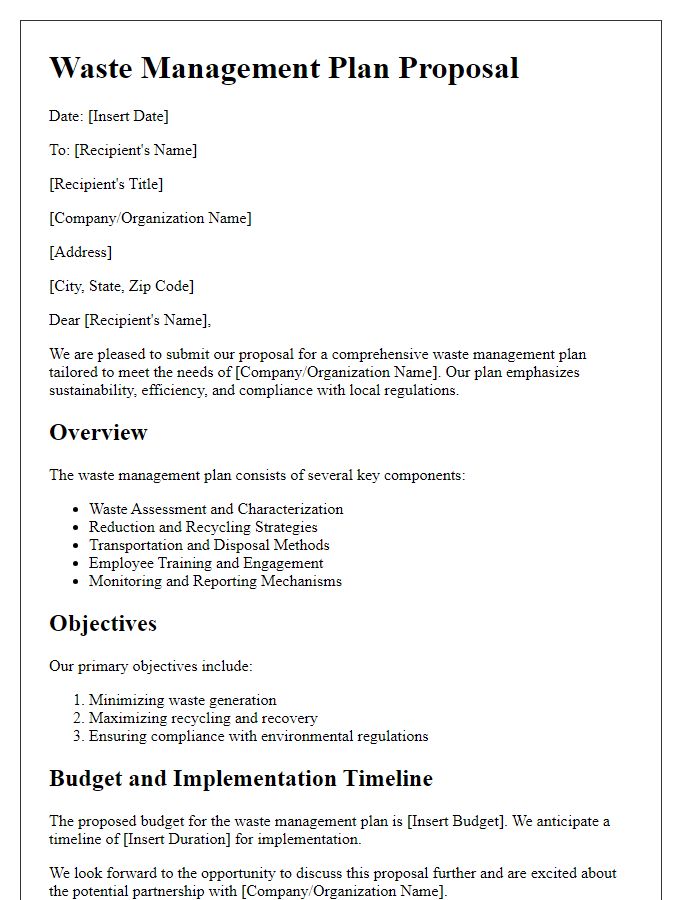
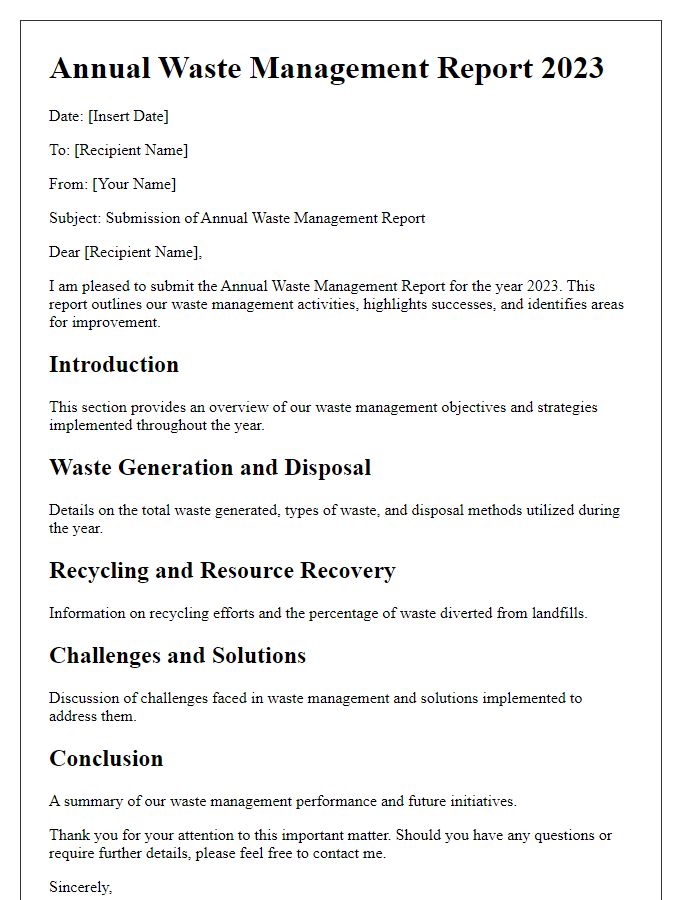
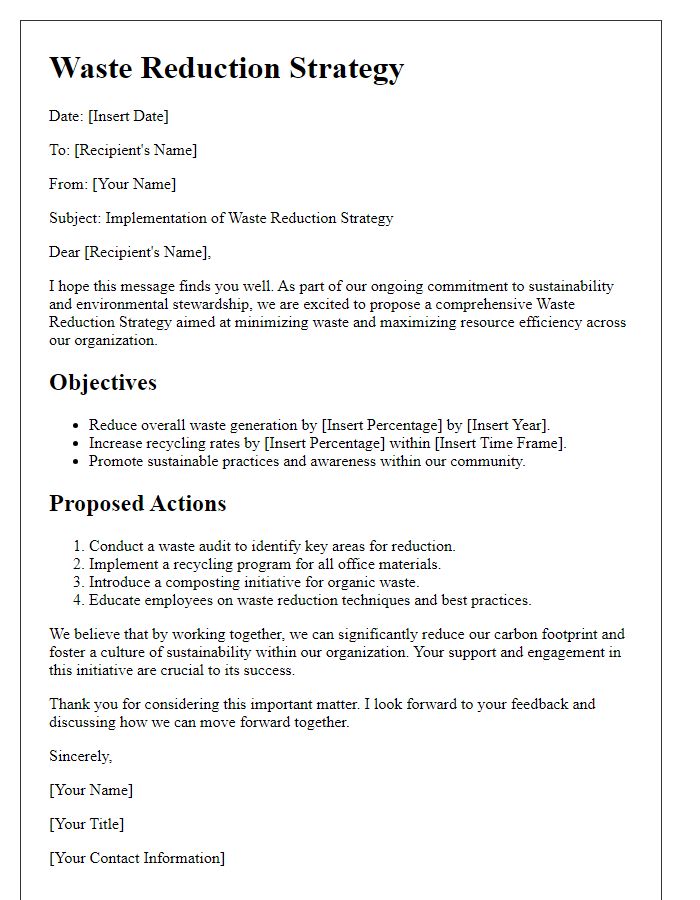
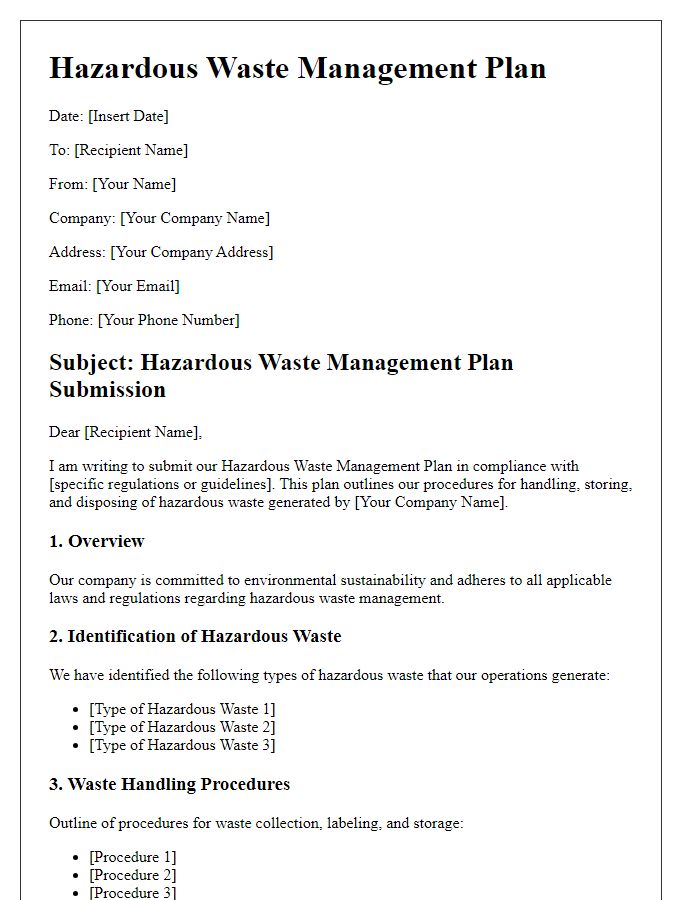
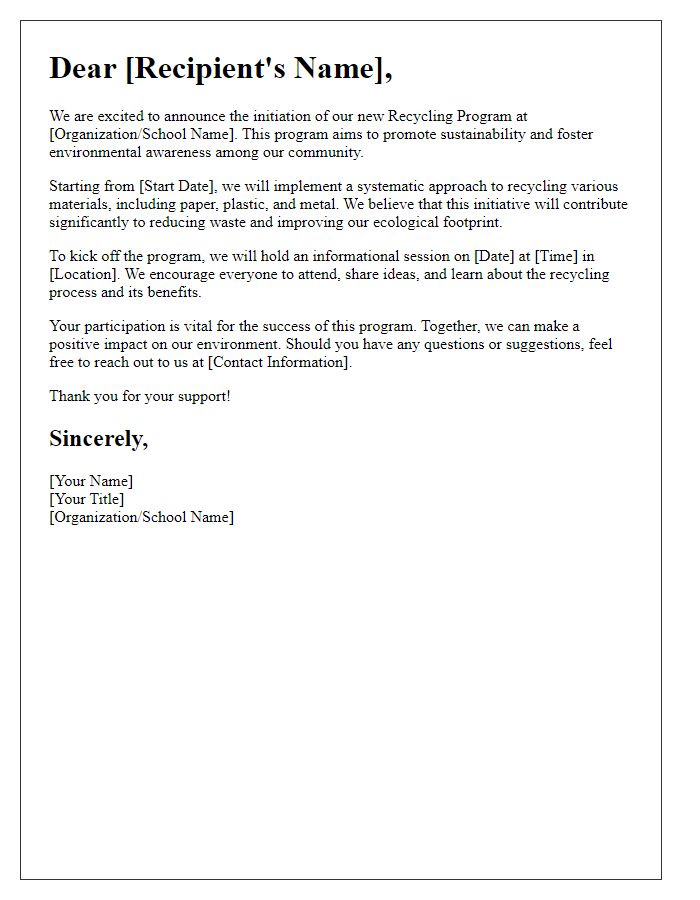
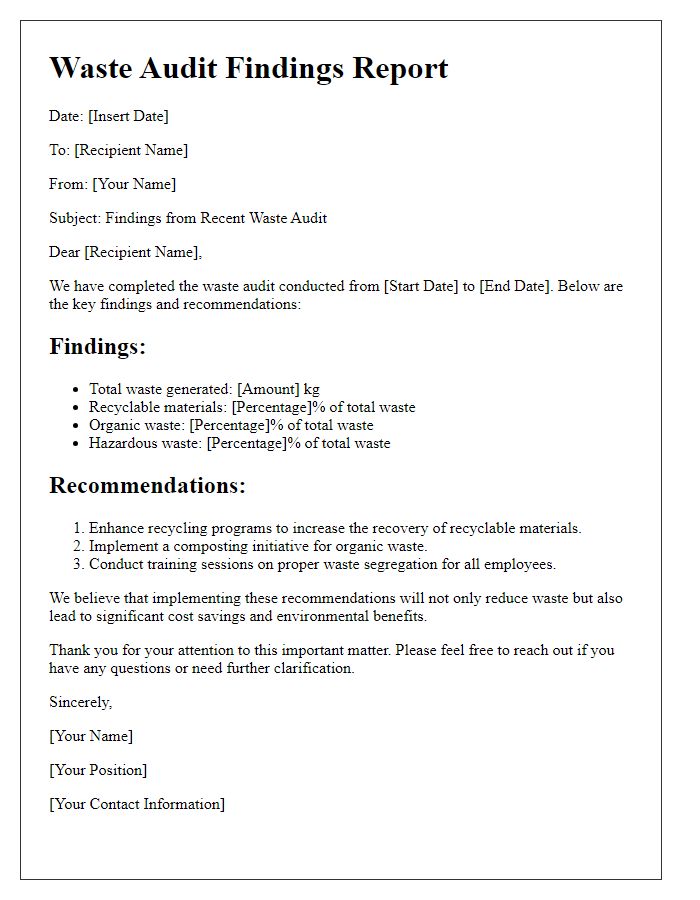
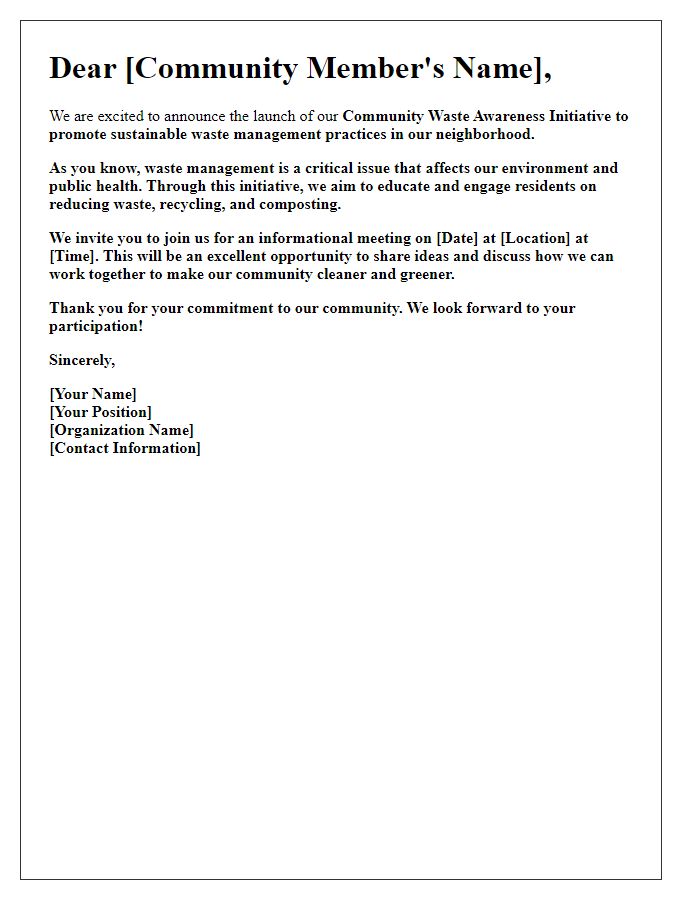
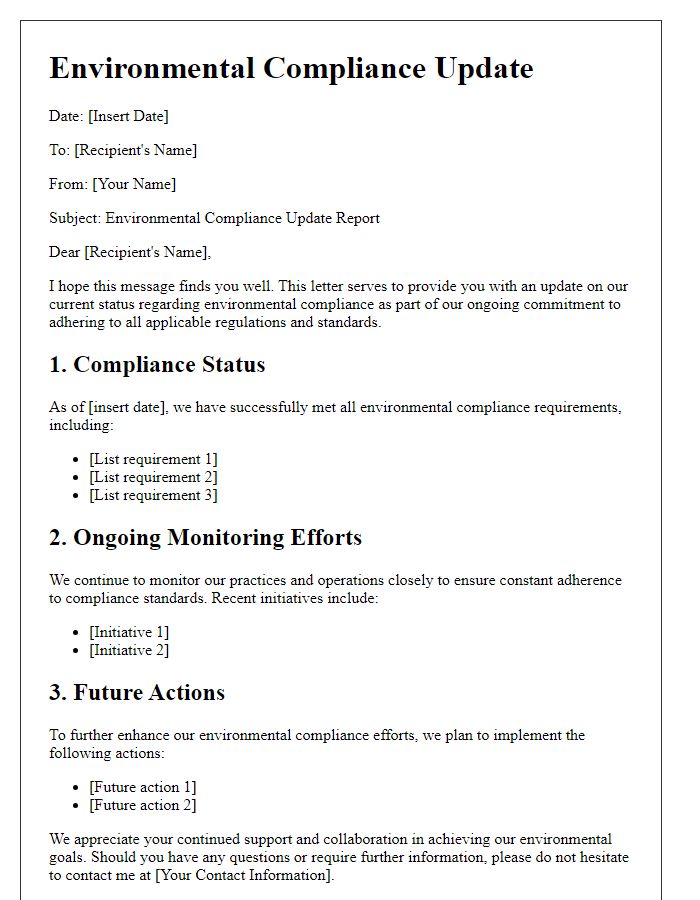
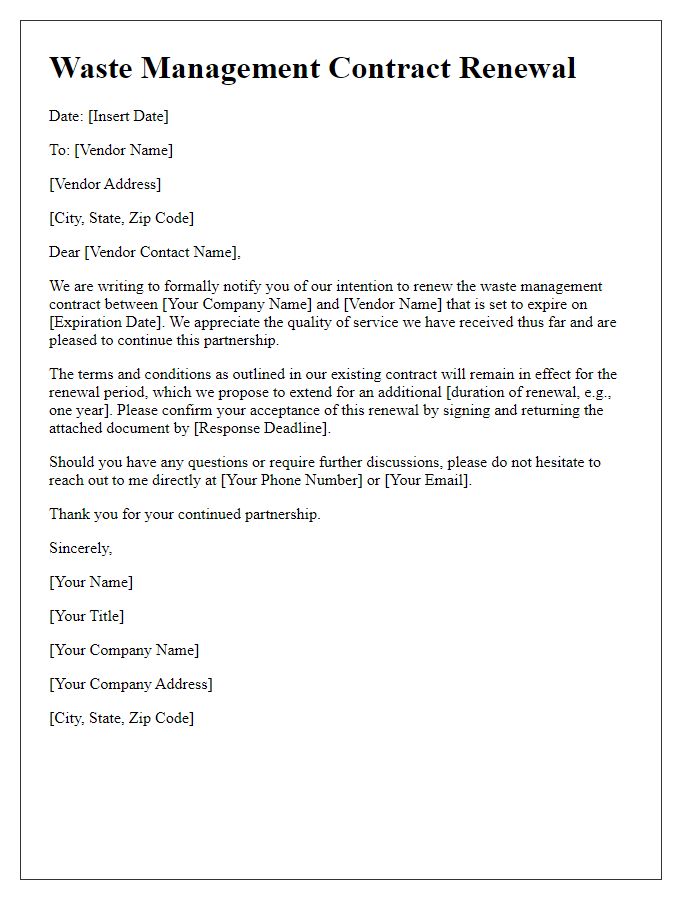
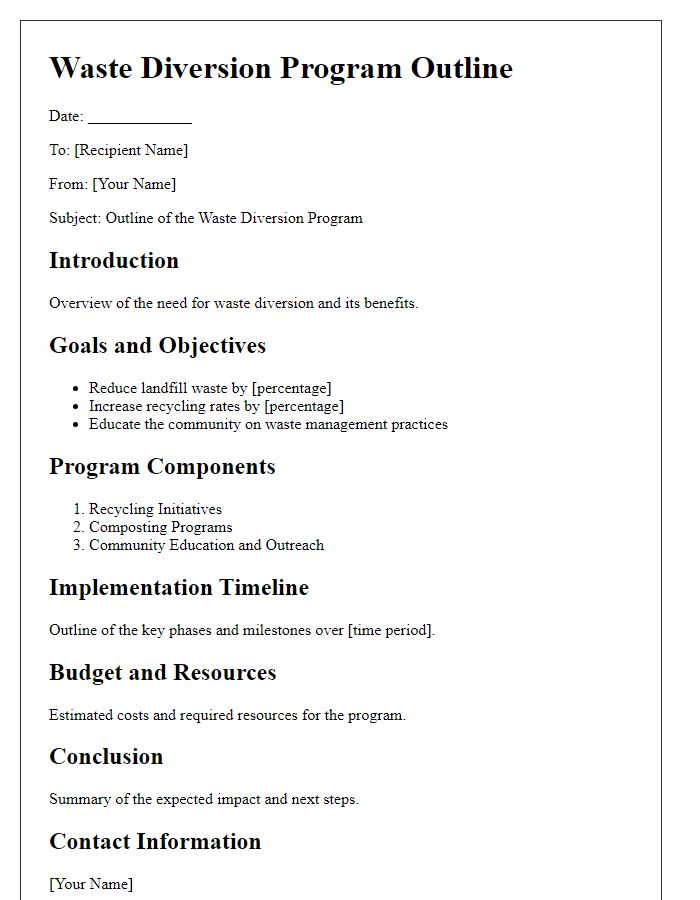


Comments